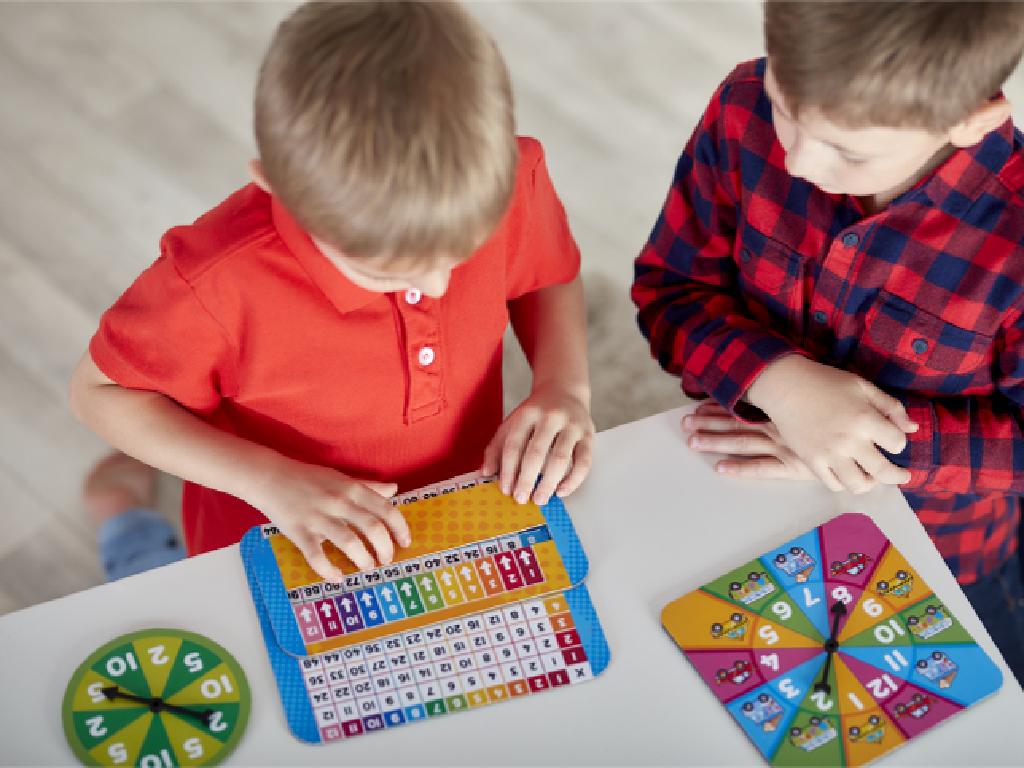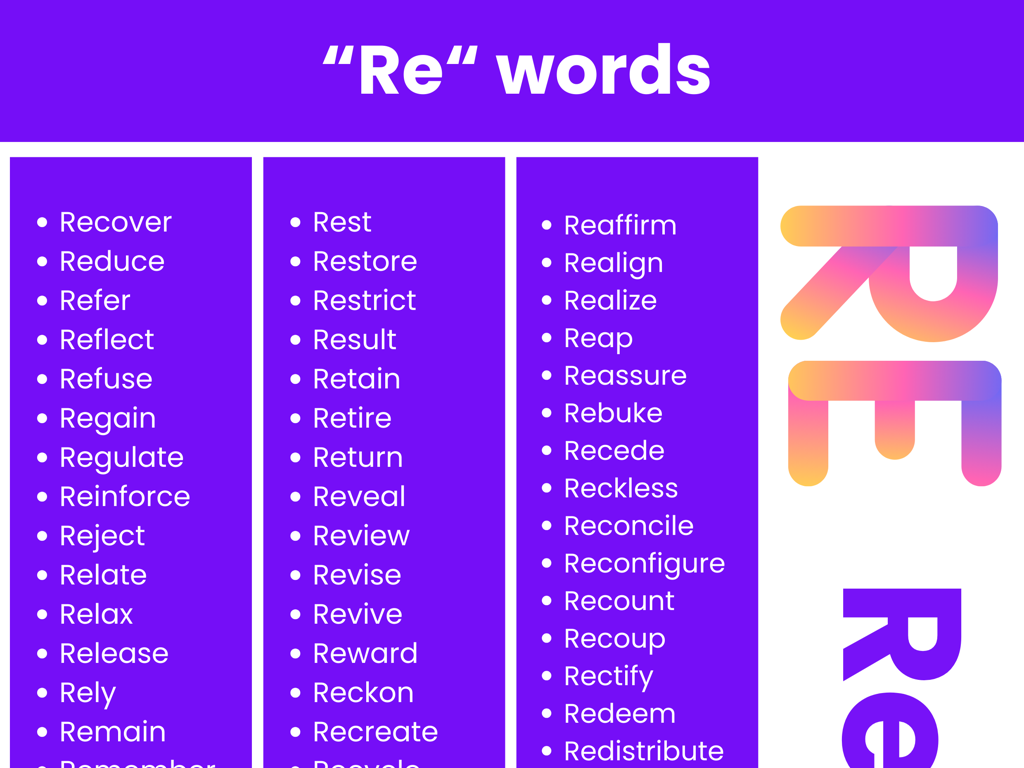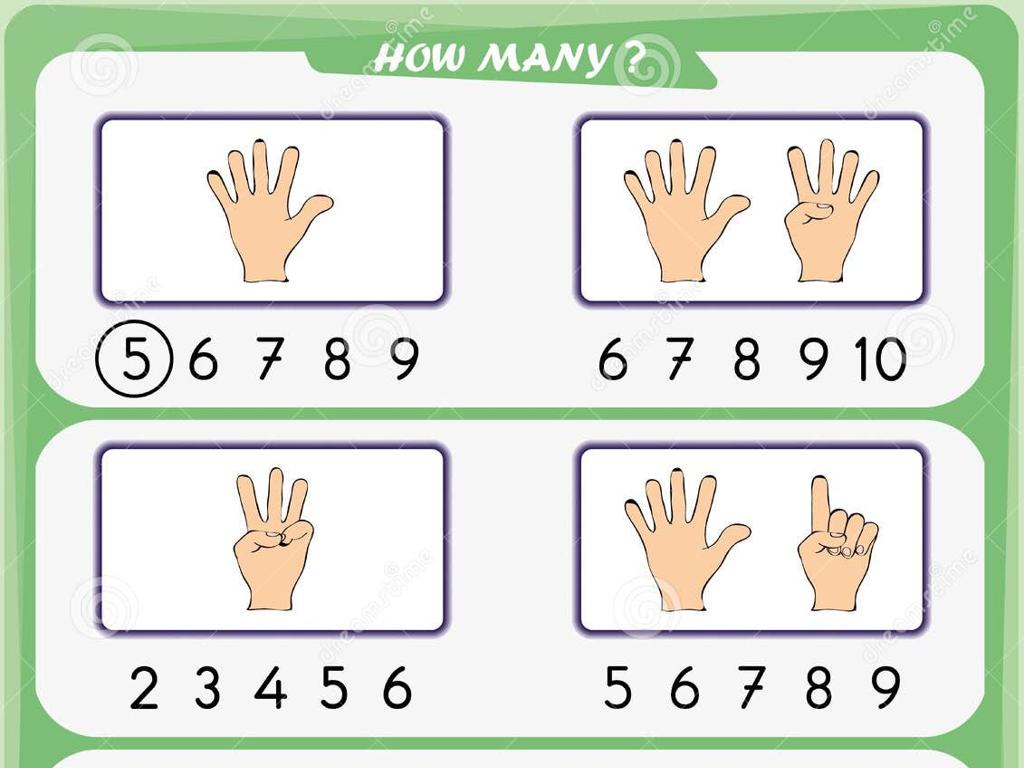Analyze Short Stories
Subject: Language arts
Grade: Seventh grade
Topic: Analyzing Literature
Please LOG IN to download the presentation. Access is available to registered users only.
View More Content
Analyzing Short Stories
– Elements of a story
– Setting, characters, plot, conflict, and theme.
– Significance of analysis
– Understanding deeper meanings and themes.
– Engage with the text
– Develop critical thinking
– Analyzing literature helps enhance comprehension and analytical skills.
|
This slide introduces students to the fundamental aspects of analyzing short stories within literature. Begin by discussing the key elements that make up a story: setting, characters, plot, conflict, and theme. Emphasize the importance of analysis in uncovering deeper meanings, themes, and the author’s intent. Encourage students to actively engage with the text, asking questions and making connections to their own experiences. Highlight how this practice develops critical thinking and analytical skills, which are valuable across all areas of study and in everyday life. Provide examples of short stories that may be analyzed in class and encourage students to think of stories they have read and enjoyed.
Exploring Short Stories
– Define a short story
– A brief fictional work with a concise plot
– Key characteristics
– They often focus on one incident, have a single plot, a single setting, a small number of characters, and cover a short period of time.
– Examples of famous stories
– ‘The Lottery’ by Shirley Jackson, ‘The Gift of the Magi’ by O. Henry
|
This slide introduces students to the concept of short stories, a fundamental literary form in Language Arts. Begin with a clear definition, emphasizing the brevity and conciseness of short stories. Discuss the characteristics that distinguish short stories from other forms of literature, such as novels or poems. Use famous examples to illustrate these points, which can help students recognize short stories in their reading. Encourage students to think of any short stories they have read previously and consider how these elements were present. This will set the foundation for deeper analysis of short stories in subsequent lessons.
Elements of a Short Story
– Setting: Time and Place
– Where and when the story unfolds. Think Hogwarts in ‘Harry Potter’.
– Characters: Roles and Functions
– Main and side characters, like Harry (protagonist) vs Voldemort (antagonist).
– Plot: Structure of Events
– The sequence from start to end: Harry’s journey from normalcy to heroism.
– Conflict: Types and Impact
– Challenges faced by Harry: his internal fears and the external threat from Voldemort.
– Theme: Message or Lesson
– What we learn from Harry’s story about bravery and friendship.
|
This slide introduces the fundamental elements that make up a short story, tailored for a seventh-grade language arts class. Discuss the importance of setting as it provides the backdrop against which the story takes place. Characters are the heart of the story, with the protagonist being the main character, the antagonist opposing them, and supporting characters aiding the narrative. The plot is the backbone of the story, guiding students through the structure of events. Conflict drives the plot and can be internal (character’s inner struggle) or external (outside forces). Lastly, the theme is the central idea or lesson that the author wishes to convey through the story. Use examples from popular literature that are age-appropriate to illustrate each element. Encourage students to think of their favorite stories and identify these elements within them.
Analyzing the Setting in Short Stories
– How setting shapes a story
– Setting: time and place of the story. It can affect characters and plot.
– Examples from well-known stories
– ‘The Lottery’ by Shirley Jackson: a small town gathering. ‘The Veldt’ by Ray Bradbury: a futuristic home.
– Class activity: Find the setting
– Read an excerpt and describe the setting. How does it influence the story?
|
This slide introduces the concept of setting in literature and its significance in shaping the narrative. Begin by explaining that the setting is not just the backdrop; it’s a crucial element that can influence characters’ actions and the plot’s progression. Use examples from popular short stories to illustrate how different settings can create specific atmospheres and themes. For the activity, provide students with a short story excerpt and ask them to identify the setting and discuss how it affects the story. This will help them understand the integral role of setting in storytelling. Possible activities include analyzing excerpts from different genres or comparing how setting influences stories by the same author.
Character Analysis in Short Stories
– Explore character motivations
– Why do characters act the way they do?
– Differentiate dynamic and static characters
– Dynamic characters change, static characters remain the same
– Activity: Analyze the protagonist’s traits
– Pick a short story and list traits that make up the main character
|
This slide aims to delve into character analysis, a crucial aspect of understanding short stories. Start by discussing character motivations, which drive the actions and decisions of characters within a story. Explain the difference between dynamic characters, who evolve throughout the story, and static characters, who remain unchanged. For the class activity, instruct students to choose a short story and analyze the protagonist’s traits. They should consider how these traits influence the story’s events and the character’s interactions with others. Provide guidance on identifying direct and indirect characterization, and encourage students to use evidence from the text to support their analysis. Possible activities could include creating character maps, writing journal entries from the protagonist’s perspective, or group discussions comparing protagonists from different stories.
Plot Structure Analysis
– Break down the story’s plot
– Identify key plot points
– Look for the introduction, climax, and conclusion
– Activity: Plot Diagram creation
– Choose a familiar story and map its plot
– Discuss the importance of plot
– Understanding plot helps comprehend the story better
|
This slide introduces the concept of plot structure in short stories. Begin by explaining that a plot is the sequence of events that make up a story. Discuss the importance of breaking down these events to understand the story’s progression. Highlight key plot points such as the exposition, rising action, climax, falling action, and resolution. For the activity, instruct students to select a short story they know well and create a plot diagram that outlines these elements. This will help them visualize the structure and enhance their analytical skills. Provide guidance on how to identify each part of the plot and encourage discussion on why understanding the plot is crucial for overall comprehension of the narrative. Offer examples of plot diagrams and ensure students understand the objective of the activity.
Exploring Themes in Short Stories
– Identifying the story’s theme
– Look for recurring ideas or messages
– Theme vs. Subject
– Subject is the topic, theme is the deeper message
– Group activity: Discuss themes
– Share insights on a story’s theme with peers
|
This slide introduces the concept of themes in literature, specifically in short stories. Begin by explaining that a theme is the underlying message or insight that the author conveys through the narrative. It’s different from the subject, which is simply the topic the story is about. For the activity, divide the class into small groups and assign a short story for them to read and discuss. Each group should identify the theme of the story and provide textual evidence to support their interpretation. Encourage students to consider how the theme relates to their own experiences or to society as a whole. Provide guidance on how to differentiate between the subject of a story and its theme, emphasizing that themes are often implied rather than explicitly stated.
Conflict and Resolution in Short Stories
– Understanding types of conflict
– Man vs. Man, Nature, Self, Society
– How conflict shapes the story
– Conflict is the engine of the plot
– Activity: Find conflict and resolution
– Identify the main struggle and how it’s resolved in your chosen story
|
This slide introduces students to the concept of conflict in literature, which is essential for driving the plot of a story. Discuss the four types of conflict: Man vs. Man, Man vs. Nature, Man vs. Self, and Man vs. Society, providing examples for each. Explain how conflict creates tension and challenges characters, often leading to the story’s climax. For the activity, students will choose a short story and identify the main conflict and its resolution, which will help them understand the story’s structure and themes. Teachers should prepare to guide the activity by suggesting stories, helping students recognize different types of conflict, and facilitating discussions on how the resolution contributes to the overall message of the story.
Class Activity: Dive into Story Analysis
– Read a short story together
– Break into groups for element analysis
– Focus on plot, characters, setting, theme
– Present your group’s findings
– Share insights on the story’s elements
– Discuss our analyses as a class
– Understand different perspectives
|
This activity is designed to engage students in collaborative analysis of a short story. Start by reading a story aloud or having students read it individually. Then, divide the class into small groups, assigning each group a specific story element to analyze, such as plot, characters, setting, or theme. Each group will discuss their element and prepare a short presentation for the class. After presentations, lead a class discussion to synthesize the groups’ analyses and to explore the story’s deeper meanings. Possible stories include ‘The Lottery’ by Shirley Jackson or ‘The Tell-Tale Heart’ by Edgar Allan Poe. Encourage critical thinking and ensure each student participates in both group work and the class discussion.
Conclusion: Reflecting on Short Stories
– Recap story elements significance
– Elements like plot, characters, and setting give depth to stories.
– Value of critical thinking
– Critical thinking allows deeper understanding of themes and messages.
– Homework: Short story analysis
– Choose a story and write about its elements and your interpretation.
|
As we wrap up our lesson on analyzing short stories, it’s important to revisit the key elements that give stories their depth and meaning. Understanding the plot, characters, setting, conflict, and resolution helps us to grasp the author’s intent and the story’s themes. Emphasize the importance of critical thinking in literature, as it enables students to engage with the text beyond surface level, questioning and interpreting the deeper messages. For homework, students will select a short story of their choice, identify the key elements, and write a brief analysis, expressing their interpretation and thoughts. This exercise will help solidify their understanding of story analysis and enhance their critical thinking skills.






